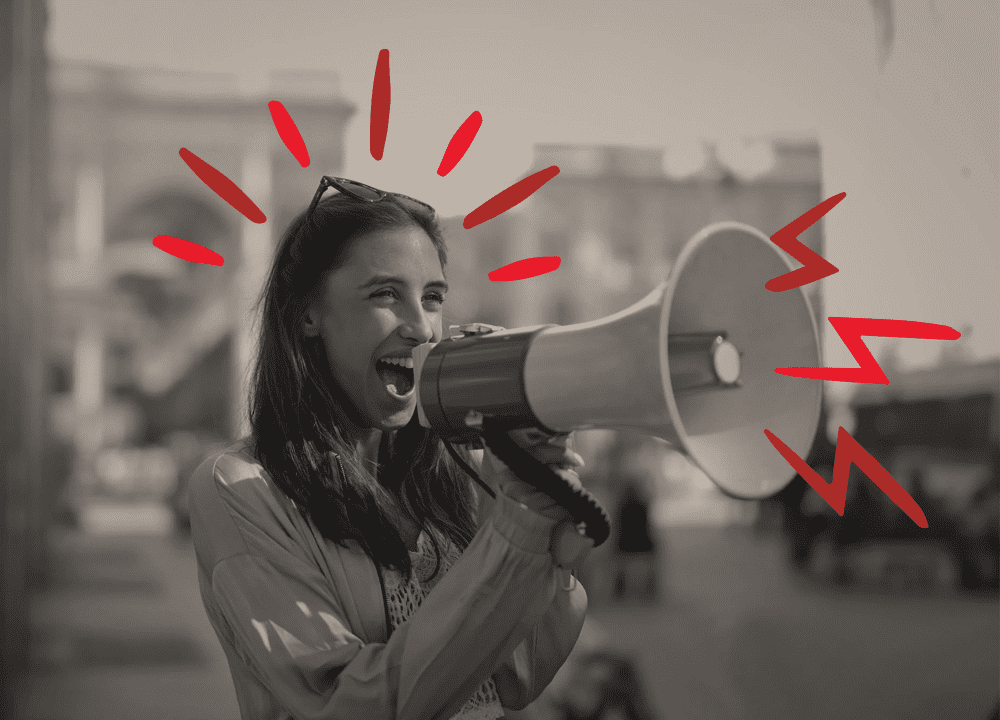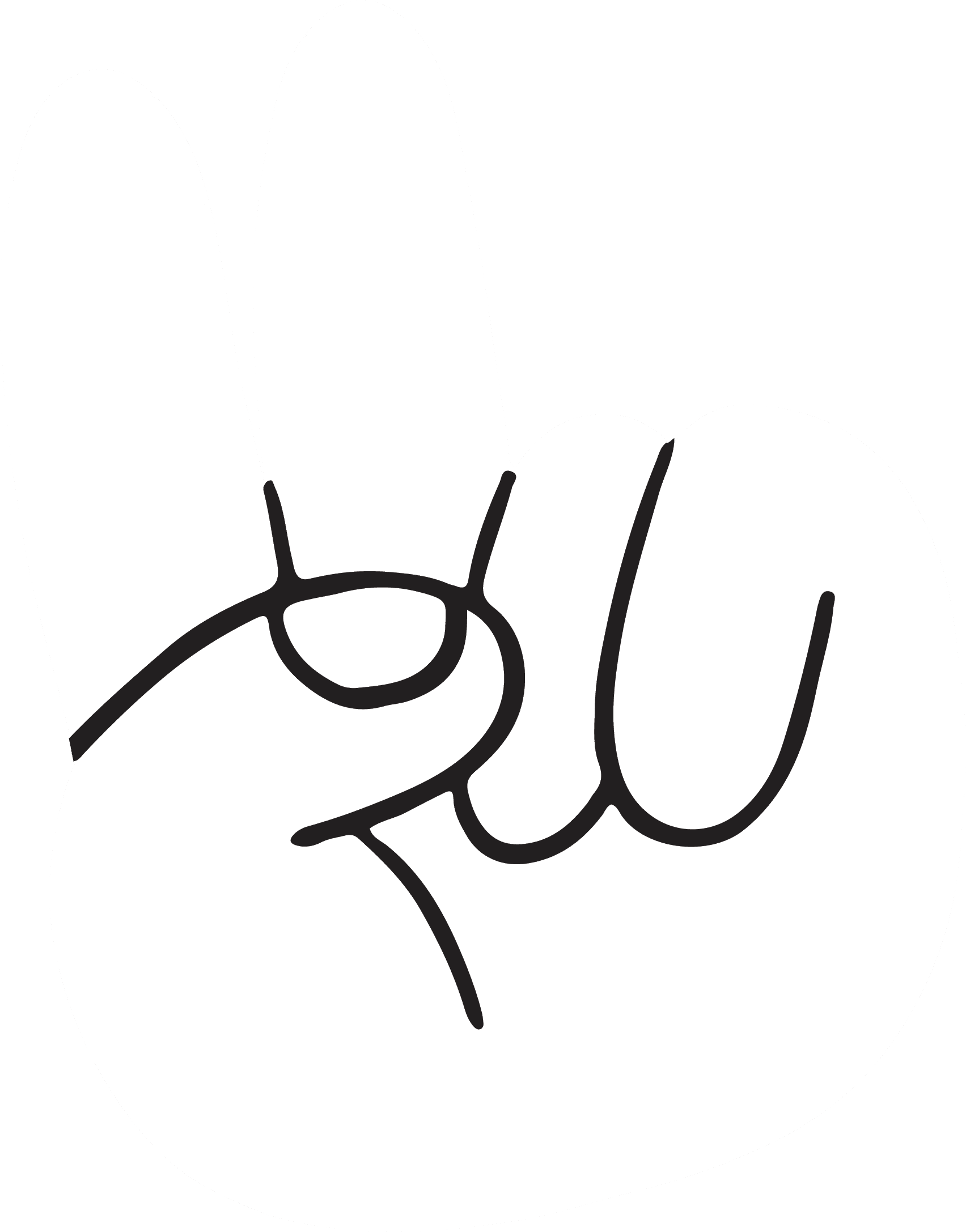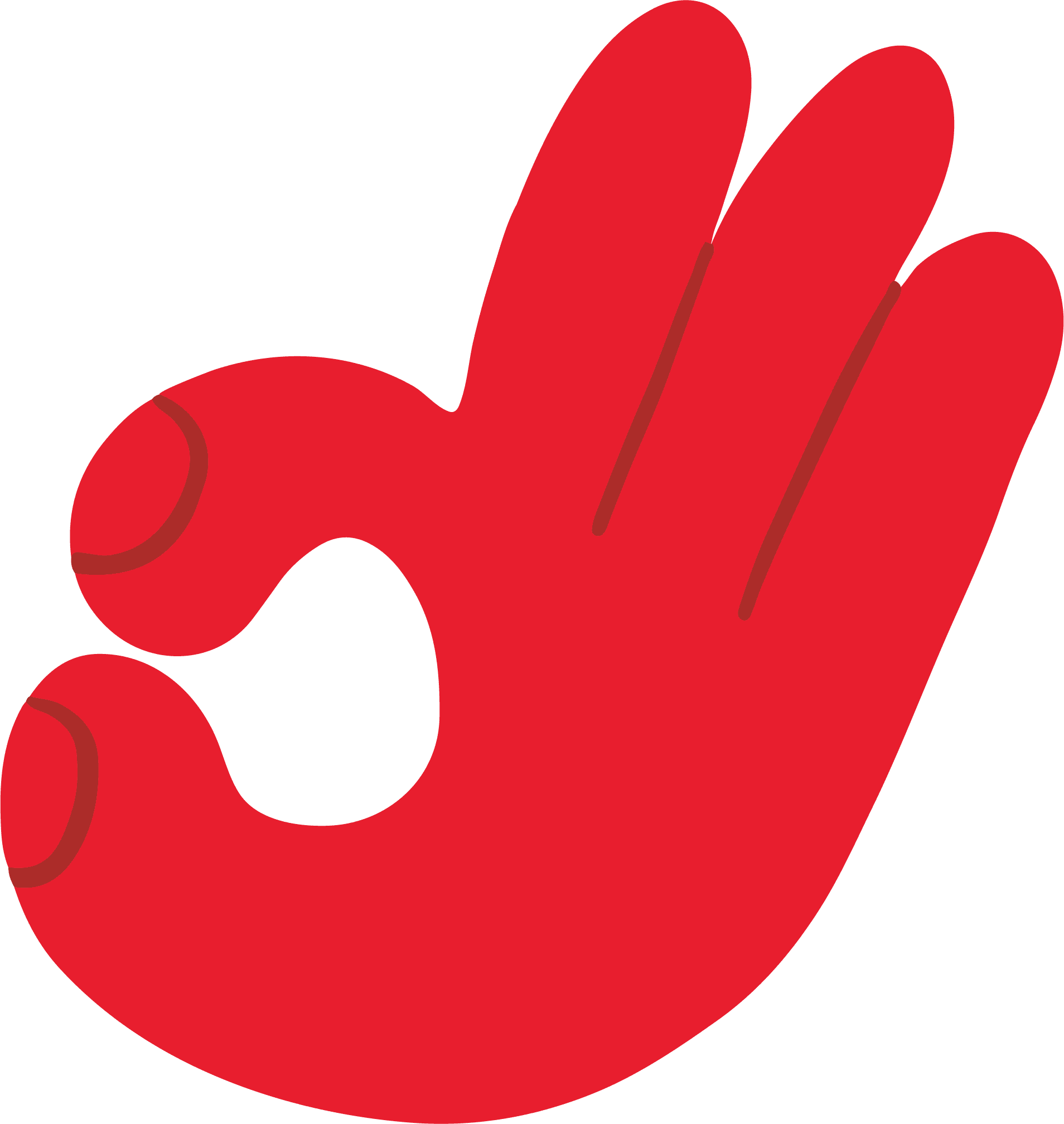
We're thrilled to have our own CEO, Tressa - by popular demand - sharing her expertise on Branding with Impact. Get her insights on how to maximize the return on your marketing budget with powerful brand experiences.
And don't be surprised if you end up so inspired you feel like there's no mountain you can't climb. It happens to us all the time.
Everyone who participated today should have received a Brand Discovery idea box. You probably have a hard time seeing that, but if you open it up, there is a notebook in there. So I'm going to invite you to write some things down as well as take some notes. And if you don't have the box with your notepad, that's okay. Any old pen and notepad will do. I just like ours cause they're super cool. All right. So I'm going to share my screen.
So in your notebook, I want you to write the word impactful, but instead of writing it horizontally, I want you to write it vertically. So I M P A C T F U L. And while you're doing that, I'm going to give you my definition of branding.
Branding is what gives your customers a memorable experience with your business and tells your customers exactly what to expect from your company. It's kind of like a date. You show up in nice clothes, you put yourself together. That's what a brand is. It shows your customers and your prospects, who you are.
Your brand should create and leave a strong impression so that your company is noticed. You want your customers or your potential customers to stop, look, and listen to what you're showing them or what you have to say.
And when we talk about impression, that is the feeling or the idea of what your brand might stand for. You want to make sure that you're noticed in the marketplace. So you want it crisp and clear.
Your brand should be memorable so that you're creating recognition in the marketplace. You want your brand to be crisp and clear. You want it to be consistent and you want people to recognize it.
The other speakers talked a little bit about purpose and your brand should reflect your company's purpose. Purpose is a big concept and it's essential to building a legacy with your brand. If you need some ideas on how to create your purpose, we can give you some referrals for different companies that we work for, but you should really know your purpose of your company, what you stand for and your brand should reflect that.
A great brand creates awareness of your company and what your company stands for. And the more that you can put your brand out there in different mediums and mechanisms, the more awareness you create. Ron had a great slide where he showed you that there are all different places that your brand can show up. He showed you social media. He showed you your email signature. He talked about ads, chambers, different places. The more you can get your brand out there consistently, it creates awareness and people in the community start to notice who you are. And if they don't know who you are, it might invite a conversation to ask you who you are and what you do.
Consistency is key for your brand to work and be recognized. Whatever you do, this is my experience, is please don't change your brand every day, every month. You want to keep it consistent. I know there's a lot of new trends and ideas that come out in branding and marketing. But the one thing that you really want to do is come up with a solid plan of what your brand should look like. You heard them say, it should have the same colors. It should have the same style, same size. It should look consistent across everything that you do so that you are recognizable.
For me, that's very important. I think most people buy from brands that they trust. And so when you create your brand and you're getting it out in the marketplace, you want to invite trust amongst your customers with a clean, polished look of what you stand for and what you represent. And that can also tie back to the purpose of the company as well.
You want your brand to invoke a feeling. You want your customers to really look at your brand and think, "you know what? I would really like to work with them". You heard a lot about what Ron and Moya and Amber are all trying to do with their brands. Even though they're in different industries, they're still looking for that feeling of being approachable and being professional, being polished, and really showing up in the community well. So you want your brand to have a feeling so that people will trust you.
You want your brand to be unique. You don't want your brand to look like everyone else. You want to be different than your competitors. So you really need to do your homework and your research when you are creating a brand so that when you're in the marketplace, you stand out from your competitors. And that may mean different colors you want to look for, you want to look for different taglines. You don't want the same font, the same style. You want things to be unique for your brand, and then always keep it consistent when you're working across different mediums and platforms.
You want people to be loyal to your brand, and that can be your internal and external customers. Amber touched on your internal customers. You want your employees to love wearing or displaying your brand. And that can be on the gifts that you give them or different apparel that you provide them. You want them to wear those with pride, even out in the community, even in their off days, when you give your customers something, you want them to be loyal to your brand as well. And look at that. So any time that they're looking for different things that they need to help operate their business, that they come back to your brand and ask you questions.
Okay, the next slide is, we're going to talk about the dreaded B word, and I'm sure you think B is for branding, but it's really not. B Is for budget.
Typically marketing and budgets are like oil and water. When you're looking at a budget, typically that's created in the finance world and finance wants a lot of things for little cost. Of course they do. And marketing wants unlimited funds.
There is a definite balance, and I've learned over the years that actually budget is a really good thing. If you flip your way of thinking, instead of having a budget and thinking it's very limiting, I actually look at what that budget can do for you. It puts you in the mind space of looking at where your spend is. So we're spending on ads, we're spending on social media, we're spending in different chambers, we're spending in all sorts of areas. It can really force you into a situation where you really look at where your impact is greatest and also what your purpose is for being in those different areas.
All right, the next word, I want you to write down if you can do this vertically as well, I think it will help you remember some of these things and it's budget. Obviously B U D G E T.
These are things that I've learned over the years where I've made a lot of mistakes in branding, and sometimes you just learn as you go along. One of the best things we ever did was we built an annual plan each year. So we start in December and we look at what we did last year. We look at all of our costs that we did last year. And we asked ourselves the questions on the marketing team, what worked really well, what can be improved?
Then we start looking at our current cost, our current costs of what we spent, and then I invite you to be ruthless when you're looking at where you spent your money on and evaluate every single piece of your branding and look at it and be strategic about what really worked well, what's effective and where you want to go. And then map that out over the year of what you're going to execute on each month and quarter by quarter so that when you get to the end of the year, you're within budget, you've also done really well at execution.
I recommend planning, and buying useful items that your customers will keep and use. You can refer back to the word impactful when you give a gift to your employees or even to your customers, those are internal and external. You want them to use it. You want them to keep it on their desk. You want them to wear it. You want them to keep it. So I always look at things that I think people will like to use. So within your budget, make sure you're buying things that are useful and make sure you're playing in the spaces of branding that means something to your customers or prospects.
Design your budget with the buy smart attitude. When you're looking at where you're at in December, and you're looking throughout the year, think about how you can buy things annually or how you can buy things for a specific event. Or how you can buy items for multiple events and how your brand is going to show up on those things. It really helps when you're looking at it from an annual perspective and you're planning things out. Sometimes you can purchase items, and you can have multiple uses for those. And that has really helped just as well.
One of the things that helped us in our budget on our marketing team was really looking at our goal. What did we want to do within the budget? What did we want to accomplish? So each event, we look at each gift giving, we look at, we decide what the purpose and intention of what that gift is going to be. It could be that we want to create awareness of a certain thing that we're doing. We want to create awareness that we're going to an event, or sometimes we just want to send our customers a gift just to say hello, or just say, we're thinking about you. We always try to think of what the goal is within each thing that we do each year.
And I can tell you, economical does not mean cheap. Please don't buy things that are cheap that nobody will use. What you want to do is you want to look for things that people will use, and you can buy smartly. You can look at different opportunities where things are coming into the marketplace. Sometimes there are ways that you can purchase a large quantity of items. Sometimes it's better to purchase a small quantity of items, but a higher end piece of item. There's a lot of ways where you can really stretch your budget and be impactful to your brand.
I always invite people who are in marketing as well as branding or in the graphics area to pay attention to the trends that are going on in the community, in the world. What items are showing up in the mainstream marketplace that would be useful for your employees and customers to have? Those are really good things that you can do. Sometimes you can get a brand that is just as good as a name brand, and you can impact more of your customers or your prospects.
So in closing, what I'd like to say is that branding is one of my favorite things to talk about. I can talk about that for a very very long time. And when you're looking at trying to build a brand and you're looking at all the things you want to do, the best thing you can do is come up with a really great plan and a really great budget.


Copyright © 2025 SOLV, All Rights Reserved
Privacy Policy & Cookie Policy